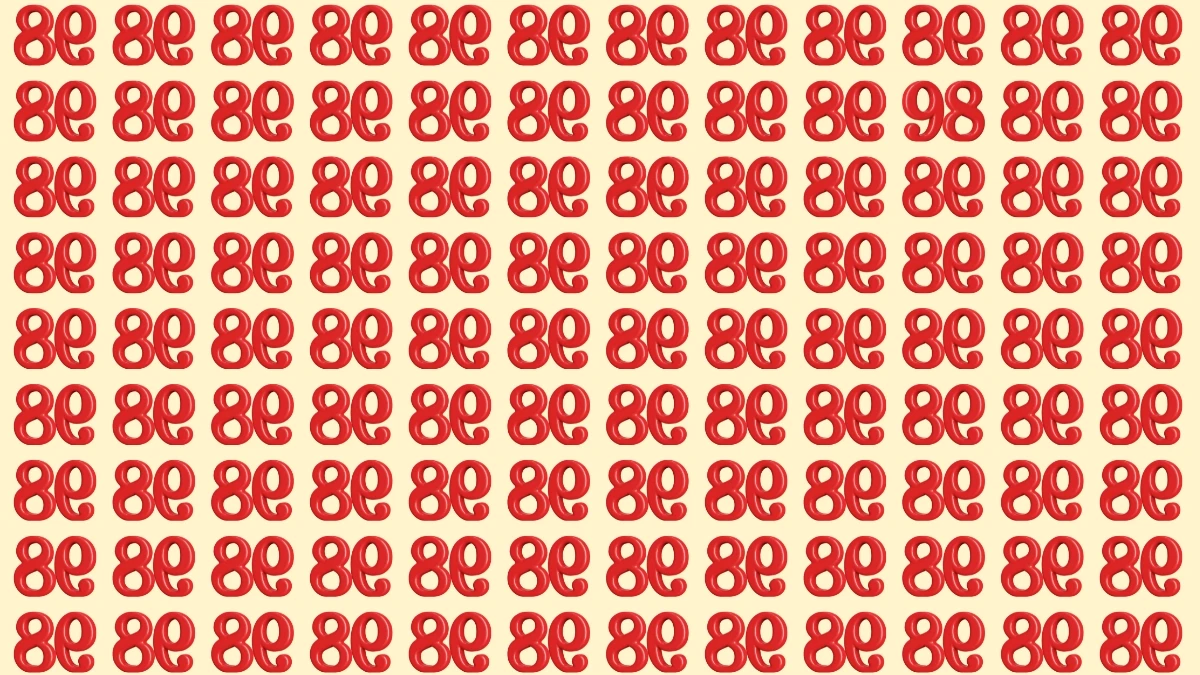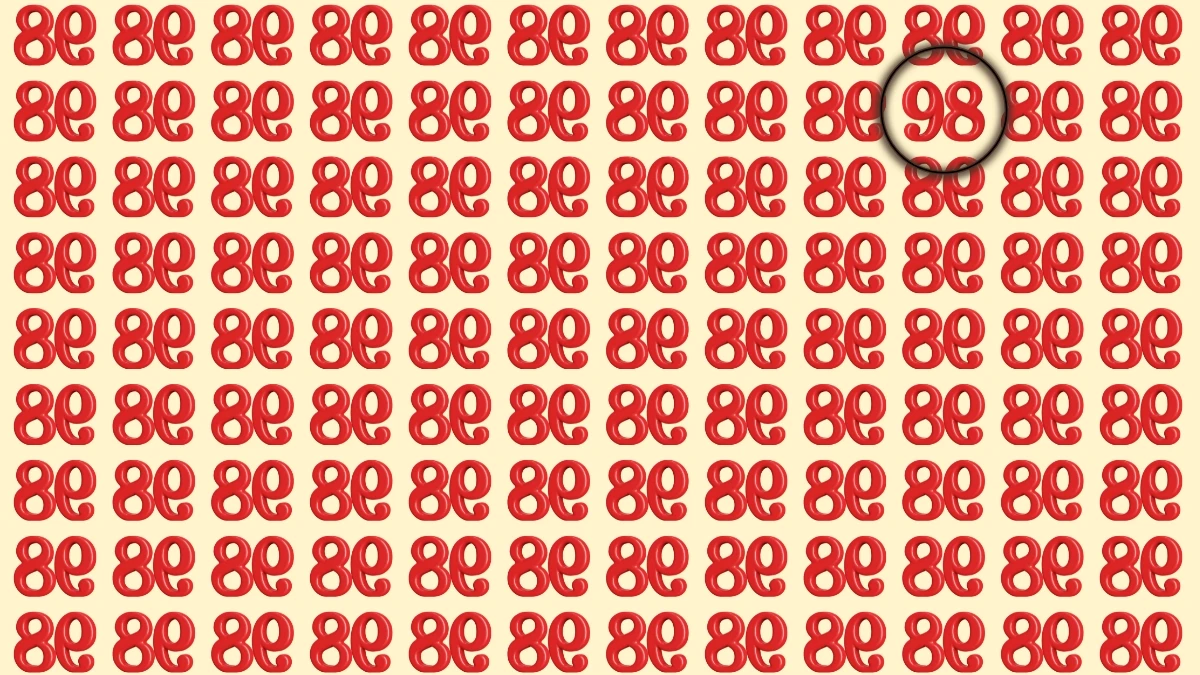Optical Illusion
An optical illusion is a visual phenomenon where the perception of an image or object differs from reality. The brain processes visual information based on various cues like color, contrast, light, and angles.
However, sometimes these cues are misleading, causing the brain to interpret the image incorrectly. This can make objects appear in ways that defy logic or physics.
For example, lines might look bent when they are actually straight, or one color might seem different depending on its background.
Optical illusions exploit the way our brains make sense of complex visual inputs, often revealing how our perception can be easily tricked or manipulated.
They are fascinating because they highlight the complex relationship between the eyes and the brain in interpreting the world around us.
Optical Illusion: Within 7 Seconds Spot The Number 98 among Inverted 98
This optical illusion is a fascinating example of how our brain processes patterns and symbols. At first glance, the image appears to be filled entirely with repeated characters that look like the number "98".
This deliberate design choice plays with our perception, as the human brain is naturally wired to recognize familiar shapes quickly, especially within repeated patterns.
The illusion works by camouflaging a single correct instance of "98" among a sea of nearly identical-looking figures.
The repeated use of red-colored typography on a neutral background adds to the confusion, making it harder for the eye to immediately distinguish the real number from its mimics.
As your eyes scan through the grid, your brain tries to match shapes instead of reading them, which is why it's so easy to overlook the true "98" at first.

Optical Illusion: Within 7 Seconds Spot The Number 98 among Inverted 98 - Solution
In this image puzzle, the challenge is to identify the one set of characters that differs from the rest.
The entire grid is made up of repeated 98 pairs in a stylized red font, but at first glance, they can easily be mistaken for "8e" due to the artistic design.
This creates a visual illusion that plays with the viewer’s perception. It's located in the second row from the top and the third column from the right, marked with a black circle for clarity.
Spot-the-difference puzzles like this test not only visual sharpness but also patience, as our brains tend to overlook tiny changes in a uniform pattern.






